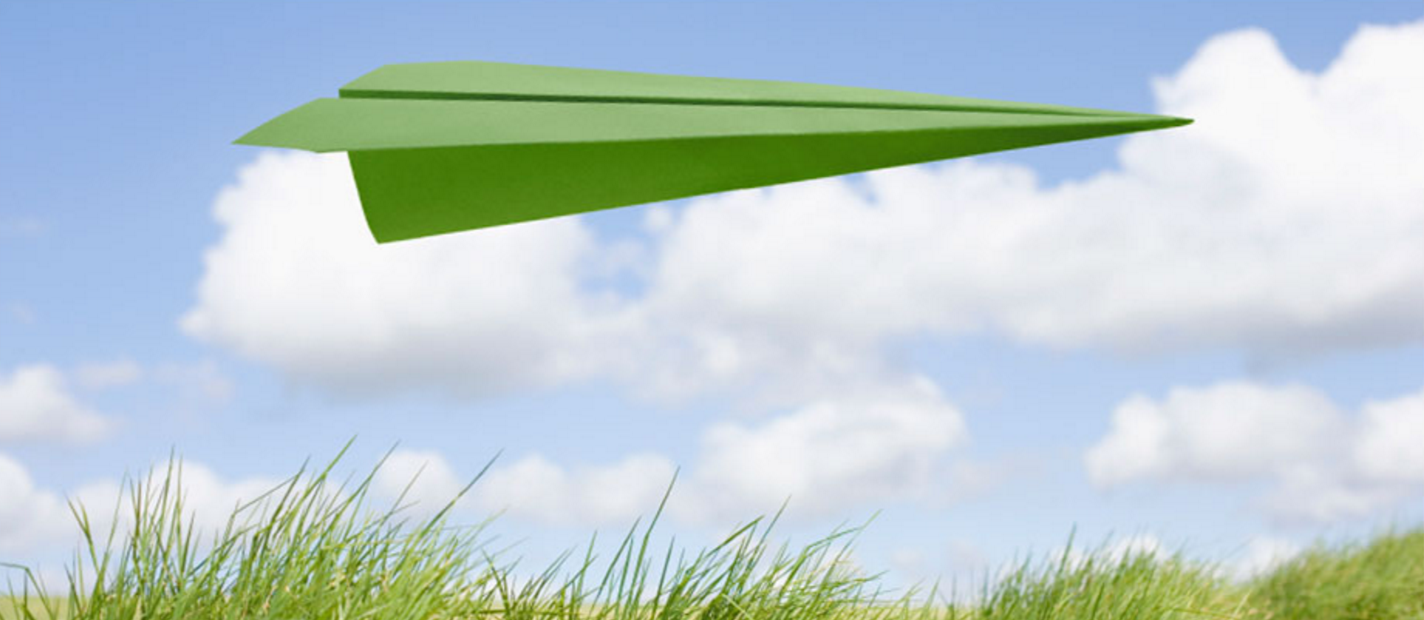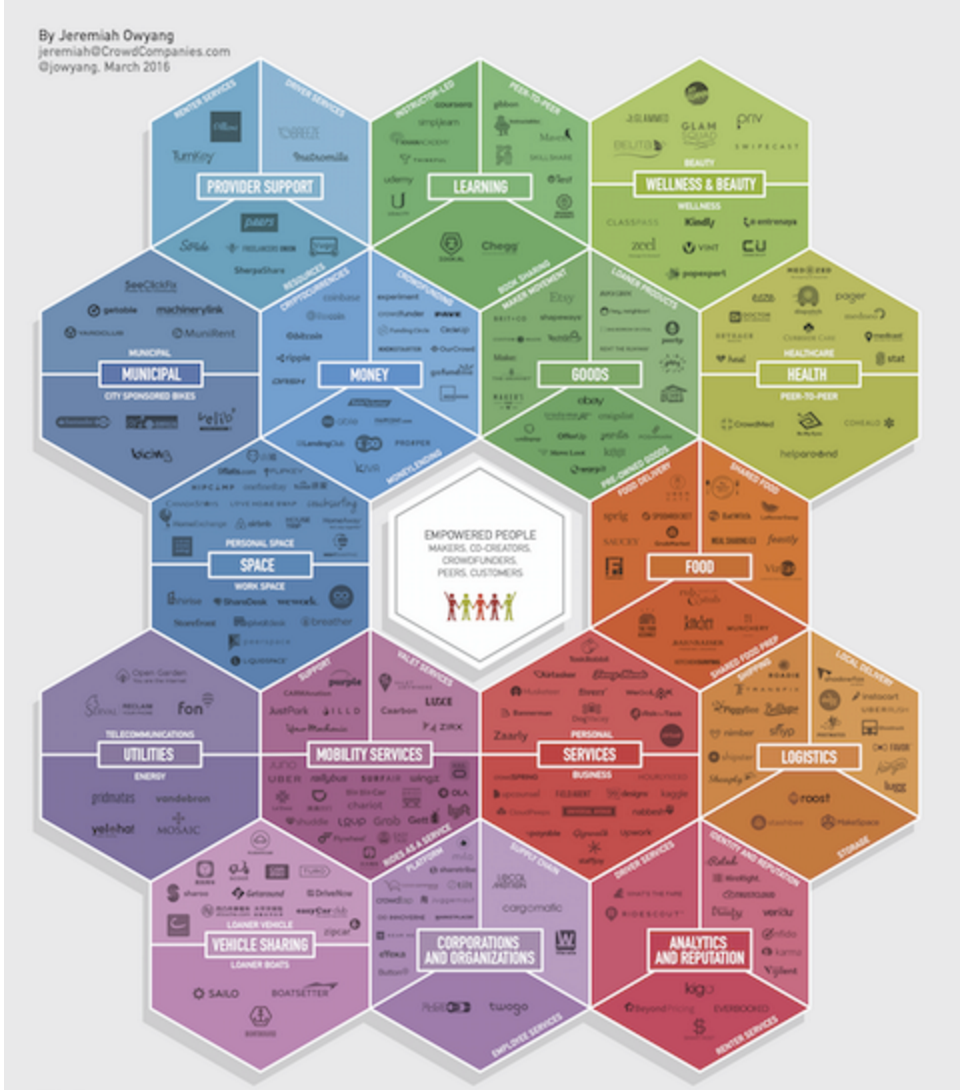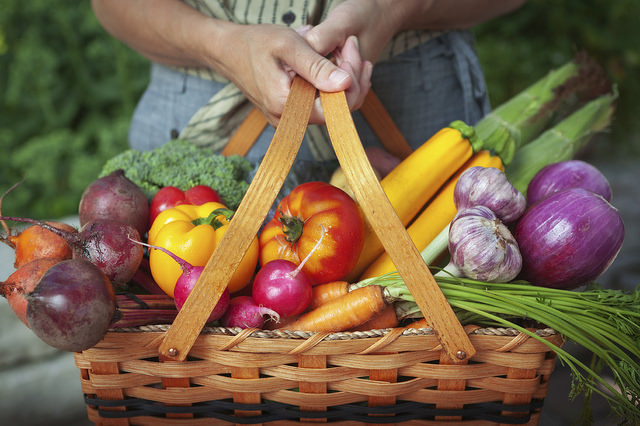Travelling is a luxury our ancestors way back before air travel and globalization didn’t have.
But, now we do have this luxury, and we should enjoy it to the fullest, albeit responsibly, and in an as environmentally friendly manner as possible.

I don’t mean walking everywhere and sleeping in tents, that plain takes away the fun of travelling doesn’t it? The point of travel is to experience new and exciting cultures, meet people from different countries and ways of life, as well as see places that don’t look like the scene from your office window of course!
There are two main items to pay attention to when traveling and trying to be environmentally friendly: first and foremost are responsible travel practices that pay attention to local needs. Simply, your actions should have a positive, not negative environmental impact, and likewise social impact and as much as possible, they should be environmentally (and economically) sustainable.
There is no point in participating in “green tours” that are neither economically sustainable nor socially responsible since they will eventually fold without having done any lasting impact on the community or site that they were supposed to protect or preserve.
The second item is more common, and more well known. It is basically the reduction of carbon emissions, or greenhouse gas emissions as much as possible during travelling. Today, we’ll speak more on this point, as greenhouse gas emissions are the number one cause of global warming. Of course, cheaper means of travel has allowed us to explore and see new places but also exacerbated the problem.
When in the planning stage for a trip, even for a short trip, it is important to cease and stop all energy consuming devices that carry on passively while you’re away. Any activities that also contribute to pollution that you will not use, are also recommended to be paused for the duration of your trip, until you come back.
Here are some examples to reduce your carbon footprint while you’re away:
-
Cancel your daily newspaper delivery
-
Change the schedule of your automatic heating system (save on your heating bill!),
-
Power down your modem and WiFi. If you have phones and radios, you can also unplug all of these so that they don’t passively consume power while you’re gone.
Before you actually hit the road – watch what you’re putting into your backpack or luggage. The reasons for this is two-fold. One, you save costs, and energy on your part (especially if you’re backpacking) and two, you save on the total amount of carbon emissions due to the lighter load you carry.
PRO-TIP: discard and recycle all packaging such as those cardboard boxes that adaptors and clothes come in, and bring laundry detergent and fewer clothes so you can wash your clothes and wear them again while traveling. Simply put, the less heavy you and your luggage are, the less fossil fuels have to be burnt to transport you to your destination.
The key principle here, if possible is to emit as little carbon emissions as possible per kilogram or unit of weight that is transported, including yourself.
There are several ways to do so. The first has already been mentioned – reduce your total weight, and pack light.
When at your destination, of course, remember to recycle as much as possible, and stay in accommodation that reduces their waste and greenhouse gas emissions too. At the accommodation too, regardless of whether it is with friends or family, and during your entire vacation, remember to minimize wastage of both energy and material goods. This again, reduces greenhouse gas emissions, as well as reducing the amount of waste generated during your stay.
Remember lastly – to enjoy yourself! Happy Holidays!



